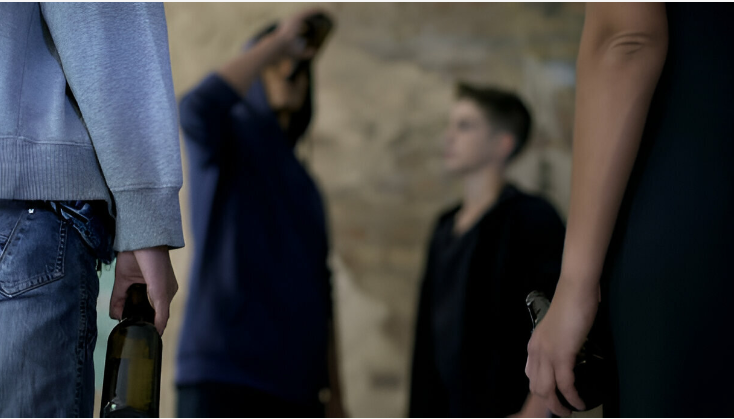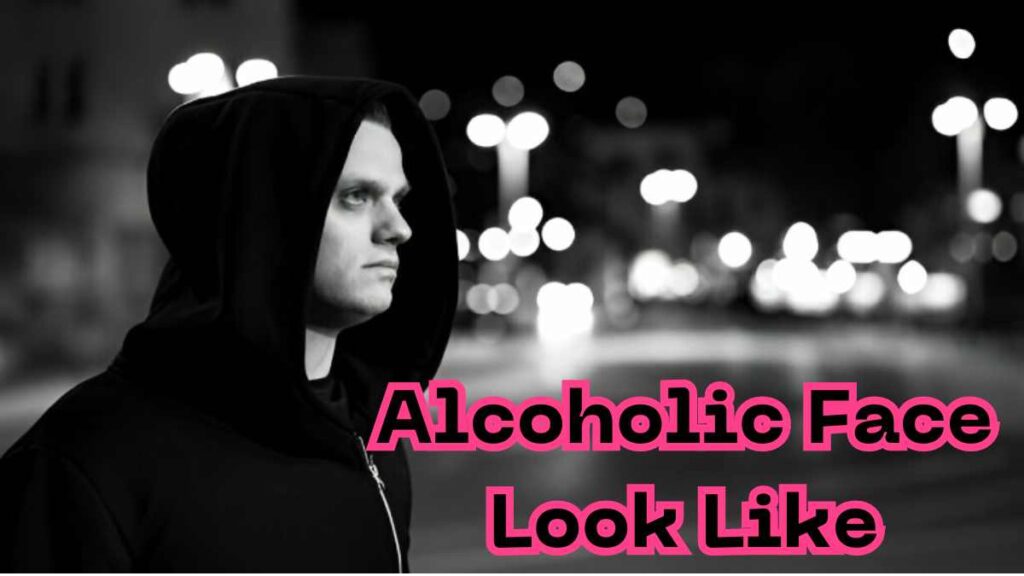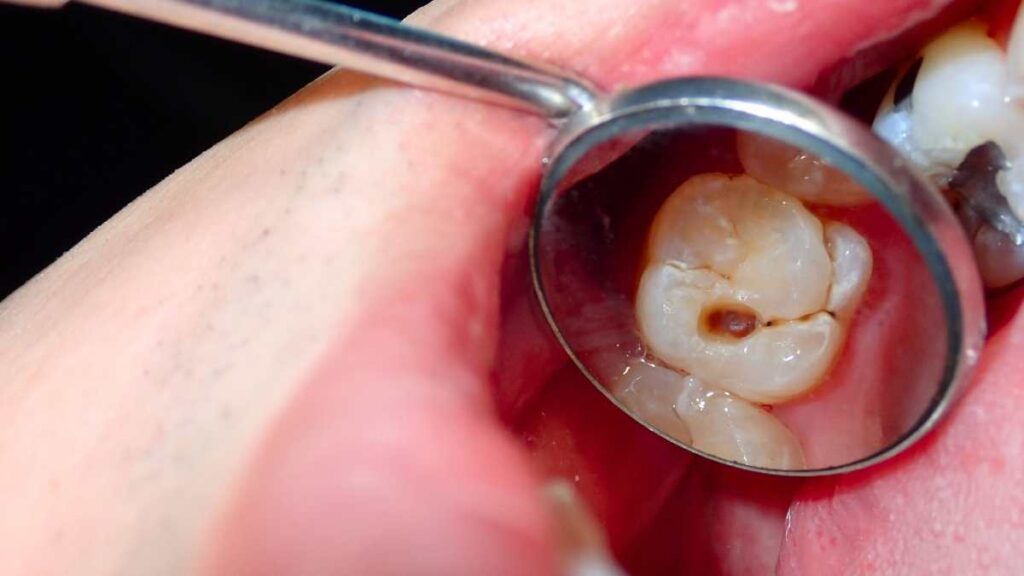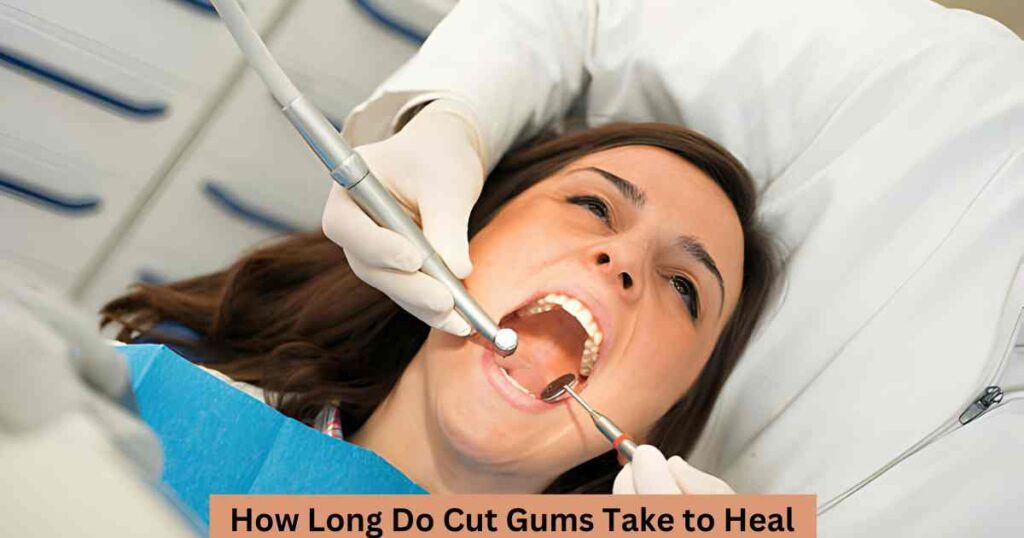Introduction
Alcohol consumption is a prevalent part of many cultures worldwide. While enjoying a drink now and then may seem harmless, what does an alcoholic face look like excessive alcohol use can have significant consequences, not just for one’s health but also for their appearance. In this comprehensive guide, we’ll delve into the physical manifestations of alcoholism on the face, commonly referred to as “alcoholic face,” and provide insights into recognizing and understanding these telltale signs.
Comparing Alcoholic Face Before and After:
| Aspect | Before Alcoholism | After Alcoholism |
|---|---|---|
| Facial Redness | Minimal to none | Pronounced and persistent |
| Skin Texture | Smooth and healthy | Dry, dull, and wrinkled |
| Blood Vessels | Not visibly prominent | Broken blood vessels visible |
| Eye Appearance | Bright and clear | Bloodshot and puffy |
| Overall Appearance | Youthful and vibrant | Aged and tired |
| Hair Condition | Thick and lustrous | Thinning and lackluster |
| Facial Swelling | Absent | Noticeable puffiness |
| Complexion | Even and radiant | Uneven tone and pallor |
| Facial Expression | Relaxed and cheerful | Tense and drawn |
| Grooming Habits | Well-maintained and tidy | Neglected and unkempt |
| Confidence Levels | High | Low and self-conscious |
This comprehensive comparison table provides an in-depth look at the various aspects of facial appearance before and after the onset of alcoholism, highlighting the significant changes that occur over time.


Understanding Alcoholism and Its Effects
Alcoholism, or alcohol use disorder, is a chronic disease characterized by a compulsive need to consume alcohol despite negative consequences. It affects millions of individuals globally and can have profound effects on both physical and mental health. One aspect often overlooked is its impact on facial appearance.
Effects of Alcohol on the Face
Alcohol consumption can lead to various changes in facial appearance, some of which are short-term, while others may become more pronounced over time. Let’s explore these effects:
- Facial Redness: One of the most common signs of alcoholism is facial redness, often referred to as “alcohol flush reaction.” This occurs when alcohol dilates blood vessels near the skin’s surface, leading to a flushed or reddened appearance. While this reaction is more prevalent in some Asian populations, it can occur in individuals of any ethnicity.
- Broken Blood Vessels: Chronic alcohol use can cause the development of spider veins or broken blood vessels, especially around the nose and cheeks. These appear as small, red, or purple lines on the skin and are commonly referred to as “alcoholic nose.”
- Puffy Face: Excessive alcohol consumption can result in fluid retention, leading to a puffy or bloated appearance. This swelling, known as “alcohol face bloat,” is often more pronounced in the mornings after heavy drinking and can contribute to an overall tired or unhealthy appearance.
- Paleness or Jaundice: Long-term alcohol abuse can damage the liver, leading to conditions like jaundice. Jaundice causes yellowing of the skin and eyes due to a buildup of bilirubin in the bloodstream. A pale or sallow complexion may also be indicative of liver damage associated with alcoholism.
- Premature Aging: Alcohol accelerates the aging process by depleting essential nutrients and antioxidants from the body. This can lead to the premature development of wrinkles, fine lines, and sagging skin, giving the face an aged or weathered appearance.
- Neglected Grooming: Individuals struggling with alcoholism may neglect personal hygiene and grooming routines, leading to a disheveled or unkempt appearance. This neglect can manifest as unwashed hair, overgrown facial hair, or an overall appearance of neglect.
Read Also: What Happens If You Use Expired Eye Drops?
Recognizing Alcoholic Face: Beyond the Physical Signs
While physical signs like facial redness and puffiness can provide clues to alcoholism, it’s essential to consider other factors as well. Behavioral changes, psychological symptoms, and social consequences of alcohol abuse are equally important indicators of a potential problem.
Seeking Help and Support
Recognizing the signs of alcoholism on the face is just the first step. If you or someone you know is struggling with alcohol abuse, it’s crucial to seek professional help and support. There are numerous resources available, including addiction treatment centers, support groups like Alcoholics Anonymous, and mental health professionals who specialize in substance abuse.
Conclusion
In conclusion, understanding what does an alcoholic face look like provides valuable insights into the physical manifestations of excessive alcohol consumption. By recognizing the telltale signs such as facial redness, broken blood vessels, and premature aging, individuals can take proactive steps towards addressing alcoholism and improving their overall health and well-being. Remember, the effects of alcohol on the face are not just cosmetic; they often reflect underlying health issues that require attention and care. By seeking support from healthcare professionals, support groups, and loved ones, individuals can embark on a journey towards recovery and reclaiming their vitality. Together, let’s raise awareness about the impact of alcoholism on facial appearance and empower individuals to make positive changes for a healthier future.
Frequently Asked Questions


A true master in his field, Hayate takes the helm as the author of Supreme Hall’s ‘Health’ category. Through his informative and engaging blogs, he shares valuable insights on wellness, fitness, and holistic living, empowering readers to lead healthier and happier lives.


